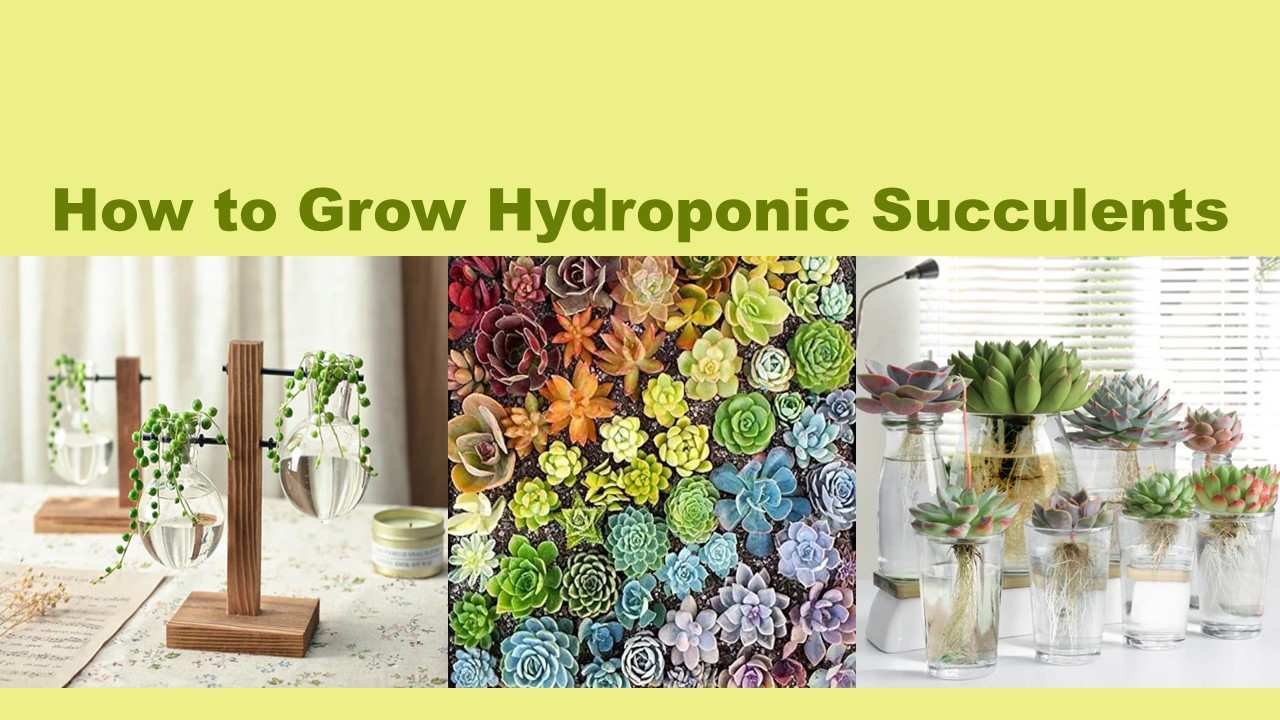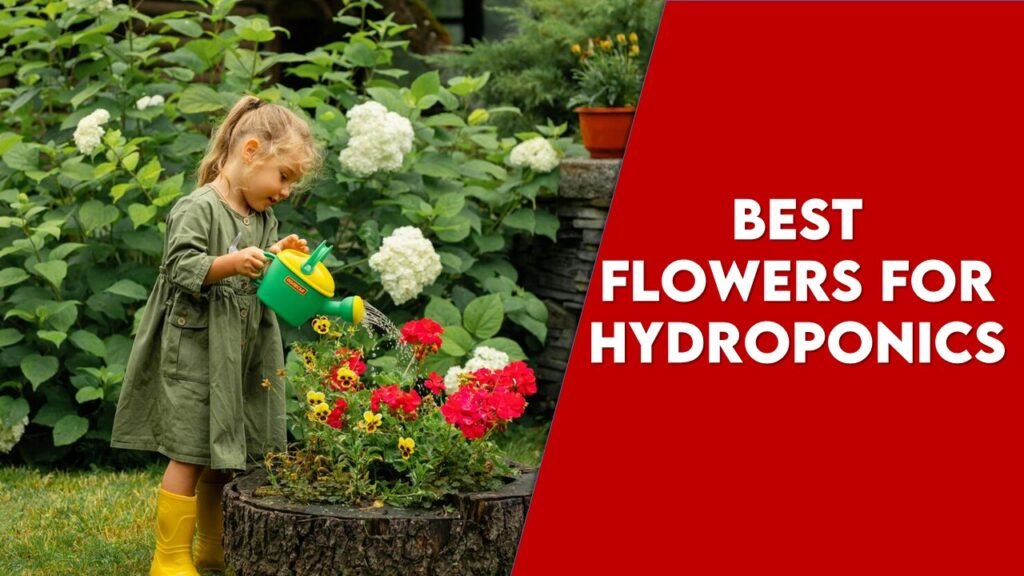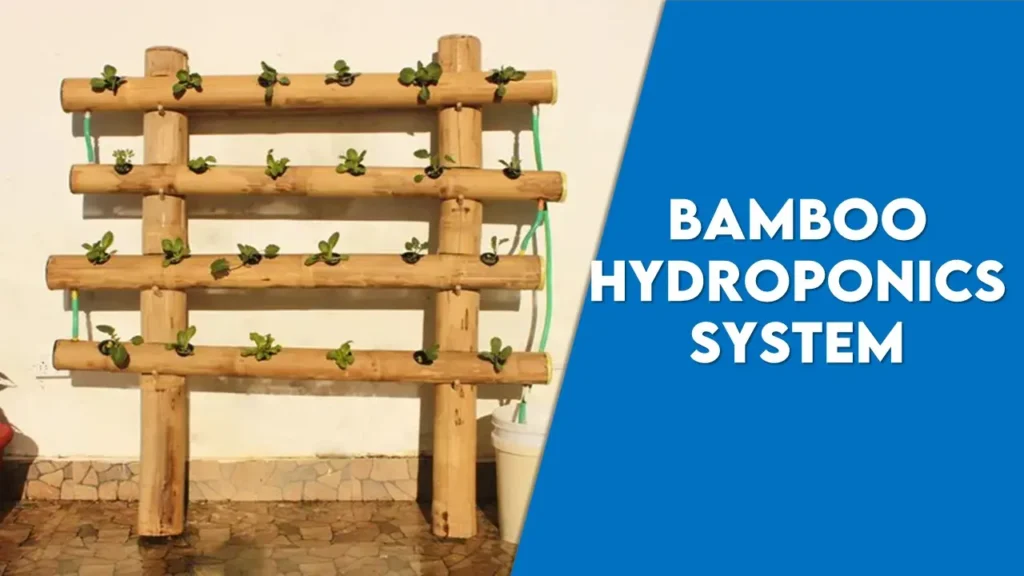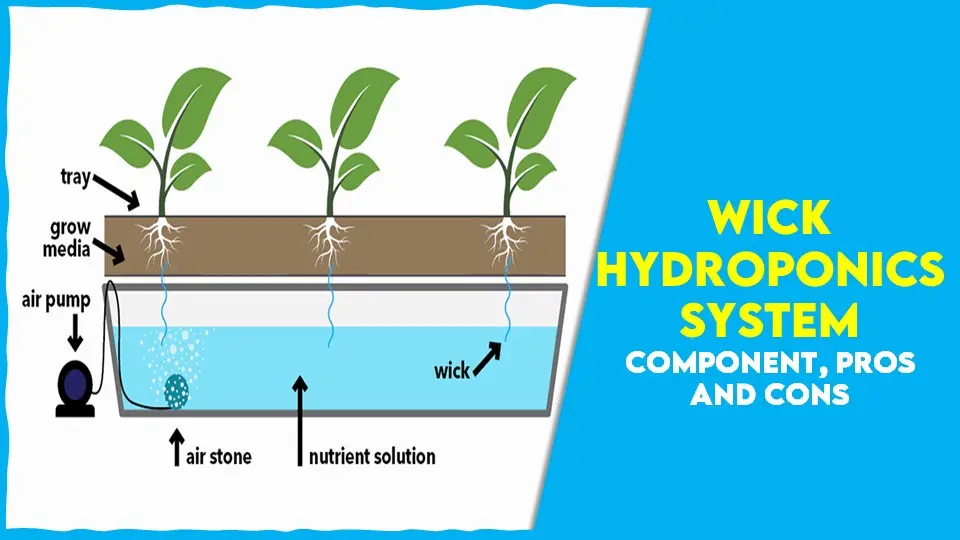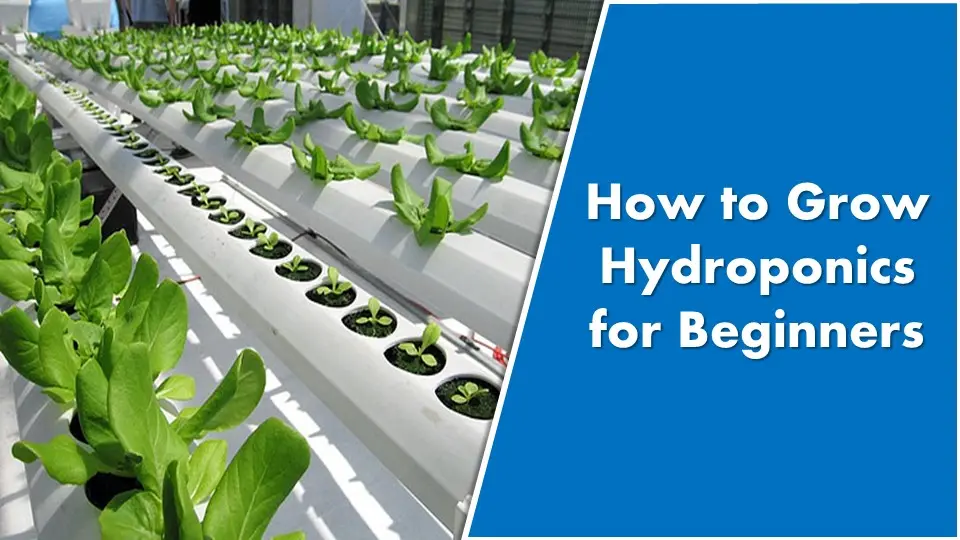How to Grow Hydroponic Succulents: A Symbol of Wealth
Succulents are perceived as unique plants with the talent to survive in the worst of conditions and habitats around the globe. It originates from the Latin root “sucus” which means juice or sap. They are also well-known about to raise new plants just by dropping their leaves and are characterized by thick, fleshy, and engorged plant parts typically to keep hold of water in different parts like leaves or stems that aid them to survive in desert or arid climates and soil conditions. They do not have any taxonomic category because the term denotes only the characteristics of the specific species. Acknowledging their striking and unusual appearance, they are considered the best to grow as ornamental plants.
Nowadays, hydroponic gardening has gained attention due to its efficiency and ability to raise plants without soil i.e. soil-less cultivation. It is contemplated as a fun-loving technique to grow hydroponic succulents to flaunt their beauty. Many people have familiarity with the raising of succulents in soil but only a few know about the hydroponic cultivation that put forward a different approach resulting in majestic yields.
Hydroponic Succulents: Distinguishing Characteristics
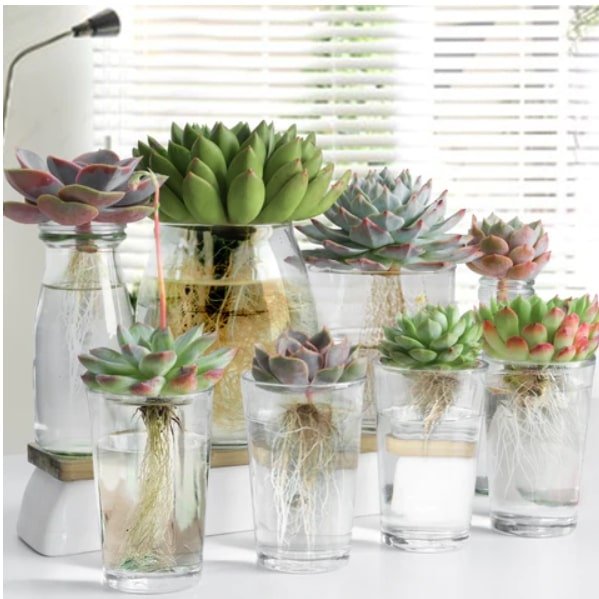
In comparison with other plants, succulents all over the world appear to be more swollen and fleshy due to the deposition of a good amount of water in them. Therefore, they are known to preserve more water than other plants which is due to the following features:
- Plants belonging to the succulents category have a crassulacean acid metabolism cycle or CAM cycle that causes the minimization of water loss.
- Leaves have less amount of stomata in them.
- In succulents, stems are the main site of photosynthesis rather than leaves.
- The outer surface of the plant is waxy, hairy, and spiny which helps to create a humid micro-habitat around the plant that causes less loss of water from the plant.
- The mucilaginous substances that are present in succulents helps to reserve more water.
Recommended Succulents to Grow Hydroponically:
We have over 60 taxonomic families and over 300 genera of succulents on this planet that have evolved for the water-scarce condition of deserts. A few of them are listed below for a beginner to grow them hydroponically-

| Hen and chicks (Sempervivum) | It is famous for its rosette-like structure which grows very rapidly. Under this species, there are numerous types of succulents like hearty type that can be grown even in cold conditions like snow. |
| Sempervivum tectorum | It is generally a small succulent plant commonly known as houseleek and is suitable for raising hydroponically due to its small size |
| Sempervivum altum | It is an evergreen perennial with fleshy leaves and grows in a rosette structure. |
| Echeveria agavoides romeo: | Also known as “Romeo”. It is the most favourite succulent for growers due to its beautiful colored rosette formation. |
| Graptopetalum paraguayense- | It grows very fast and is good for propagation too. This species requires an optimum amount of sunlight for its survival. |
| Graptosedum California sunset | It is a succulent with orangish-pink colour therefore got the name sunset. |
Beauty of Hydroponic Succulents: Cultivation
To start with the cultivation of hydroponic succulents is relatively easy. One must buy a hydroponic system from an online store or a local garden shop. There are many hydroponic systems that one can make use of but the water culture method is the most suitable type for growing hydroponic succulents. This setup is relatively easy to maintain and is the finest method for beginner gardeners. Therefore, to grow hydroponic succulents in water, one needs to follow the given steps:
- In the case of propagating succulents in the hydroponic system, select a mature healthy mother plant with a well-developed root system as this will be the plant from which you will propagate new succulent plants.
- A healthy succulent plant with a stem of about four inches long, has a few leaves on it is required. The leaves should be well and undamaged i.e. not too old or too young. Some of the recommended options for succulents are- Echeverias, Sedums, Graptopetalums, Aloes, and Haworthias which can be grown by hydroponic beginners.
- A vase containing clear distilled water (pure, unchlorinated water to avoid damage to the plants).
- It will take some weeks time to form roots and for hydroponic succulents to adapt to the new environment.
- One can also add liquid fertilizer to nourish the plants with essential nutrients. This step is completely optional.
Prime Conditions to Grow Hydroponic Succulents:
Some ideal conditions should be there to raise hydroponic succulents to survive well in the worst climates. Make sure that the temperature should remain somewhere between 60 – 80℉ in the grow space. One can place them near a window for sunlight but bright, indirect sunlight is considered best for the hydroponic succulents to grow.
The use of artificial grow lights is also acceptable for these plants due to their low power consumption. By using LEDs, there should be enough distance between the plants and the lights as succulents are quite sensitive to light intensity and proximity. The light requirements varies with the different growth stages of succulents like:
- At the vegetative stage, blue spectrum light is necessary for healthy leaf development and increased growth.
- At the flowering stage, red light is considered best as it promotes fruit and flower development.
Use of high-intensity discharge (HID) lights are considered best for their strong and efficient lighting.
Hydroponic succulents like better warm and dry environments regulate the temperature and humidity accordingly. The existence of 40-60% humidity is optimum for hydroponic succulent cultivation.
Best Hydroponic System for Succulents:
The selection of a hydroponic system for raising hydroponic succulents plays a very critical step in the haleness and liveliness of plants. One popular choice is the drip irrigation method for these plants. Through this method, a slow and steady flow of nutrient-rich water directly reaches the plants’s roots. It allows precise control over watering and the succulents receive the optimum amount of water without causing overflooding.
Watering Technique:
Since succulents are known for their water-retaining capability, one should not overflood them with water because they will retain more. It will only cause injury to the hydroponic succulents. Watering once a week is well enough to satisfy the water requirements of hydroponic succulents. Usage of distilled water is better than tap water because the latter often contains high levels of minerals and chemicals that can cause vandalism to the plants.
Nutrient Requirements:
This is a vitally- important step in maintaining the health of the hydroponic succulents. For this, a high-quality hydroponic nutrient solution that is specifically formulated for succulents can be used. These are generally available at garden centers or online stores. This should be used according to the manufacturer’s instructions on the amount and frequency of the nutrient solution.
Pruning and Pest Control in Hydroponic Succulents:
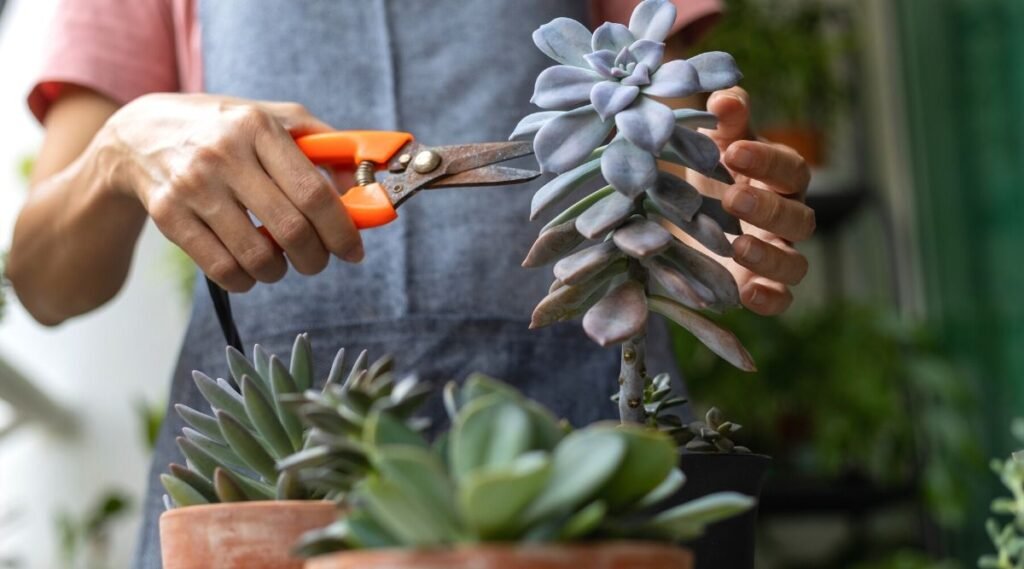
Prune the hydroponic succulents to promote bushy growth and to keep them healthy. Cut off any damaged, yellow, or injured part with the sharp knife and the succulents will counter it again by producing new and healthy growth. It is also essential to monitor the hydroponic succulents regularly so to avoid the incidence of any pest attacks such as spider mites and mealy bugs like with any gardening. If there are signs of the attack, then treat them as fast as possible to circumvent the spread to other plants.
Some Suggestions to Grow Hydroponic Succulents:
One can ease the process of raising hydroponic succulents by keeping in mind the following steps:
- Use of fertilizers that are made specifically for hydroponic systems. Soil-based fertilizers will not be efficient. Always dilute it to half of its strength or as instructed on the label.
- Regularly feed the hydroponic succulents more often at the same time or gap i.e. morning and evening time.
- Supervise the substrate and plants containing containers more regularly to avoid the growth of mold, fungus, and pest infestation near or in the hydroponic succulents.
Another Approach: Semi Hydroponics
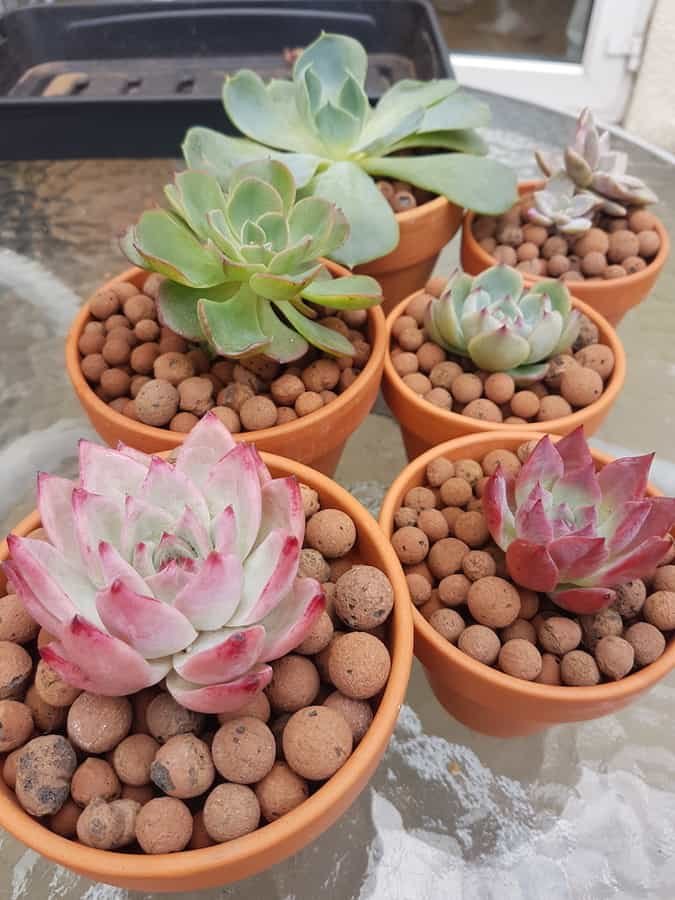
For the beginners of hydroponic succulents, this is a much easier method. It makes utilization of an inorganic material known as LECA to raise plants. It is a growing medium-like soil which is a collection of baked clay balls that swell when come in contact with the water. The succulents are placed in this growing medium and then transferred into a nutrients-containing reservoir.
The main difference between hydroponics and semi-hydroponics systems is that the latter uses capillary or wicking action for the uptake of nutrients with a constant supply of water.
Wind-up:
Nowadays, growing hydroponic succulents come up with the latest and innovative approach to growing these sturdy plants, unlike conventional gardening methods that rely on soil. The best hydroponic system for growing succulents will ultimately depend on the grower’s goal, budget, and level of experience. For the hydroponic beginners, It is contemplated as a lively and pleasing hobby that brings forth several interests over traditional farming.
On the contrary, hydroponic succulents also invite some common issues like under-watering, nutrient deficiencies, pest attacks, and poor growth but these all can be addressed with little understanding and regular monitoring of the system. Overall, this method benefitted the grower with convenience of water conservation, space efficiency, and control over nutrient uptake which ultimately becomes the reason why many growers are opting for the hydroponic succulents technique.
Join Our Hydroponics Growers Group!
Connect with fellow hydroponics enthusiasts, share your ideas, ask questions, and grow together as a community.
👉 Join WhatsApp Group
